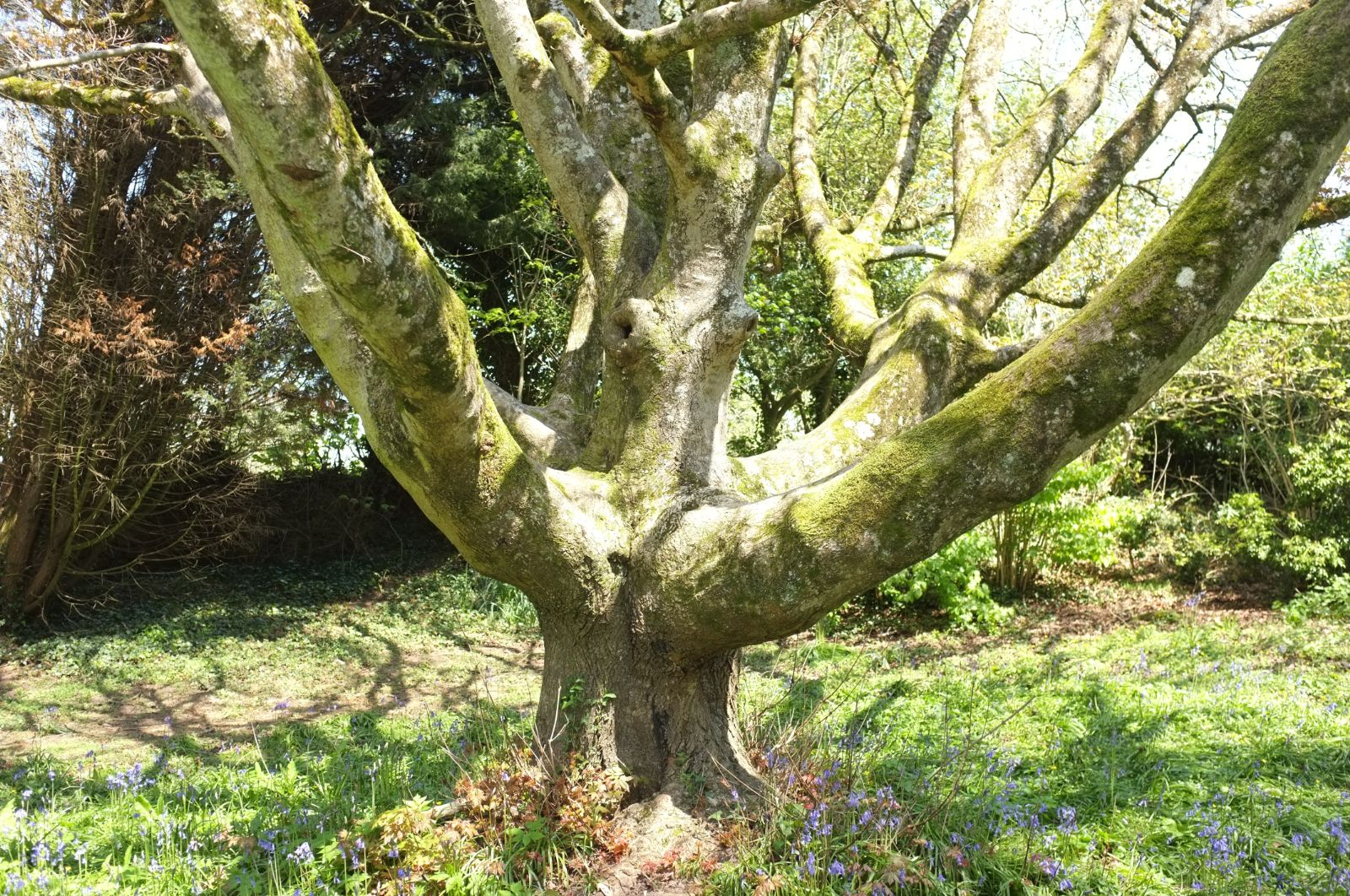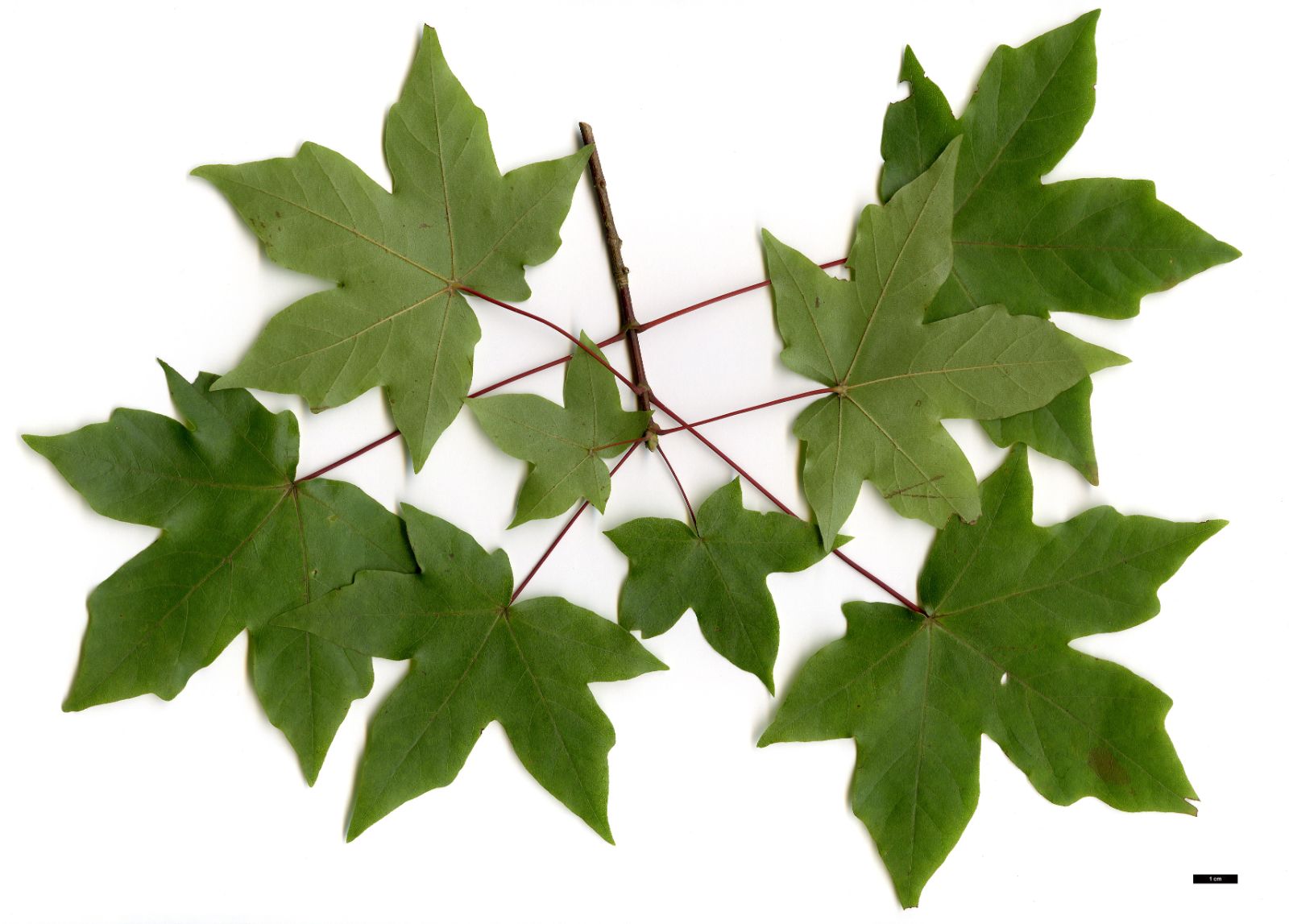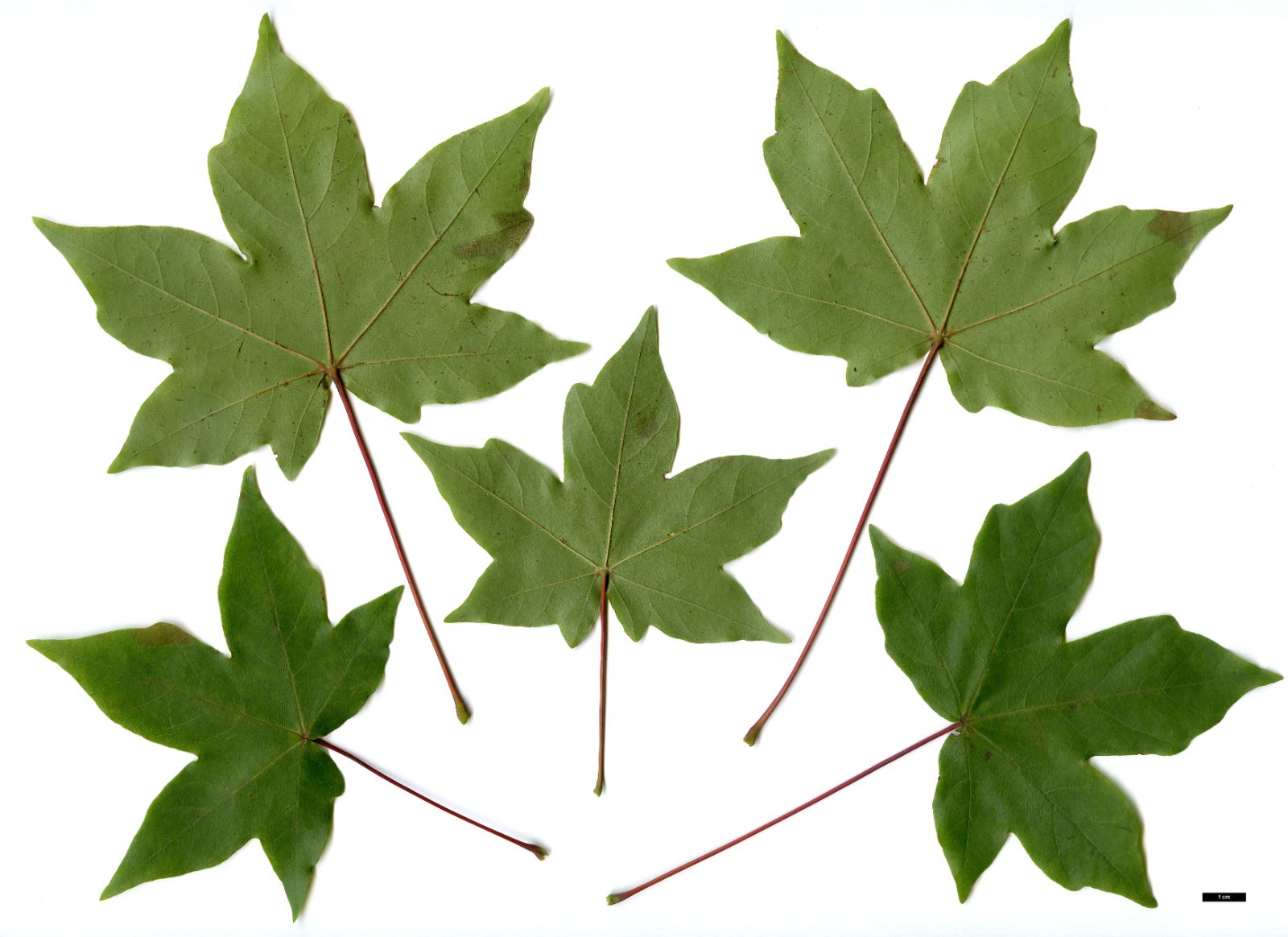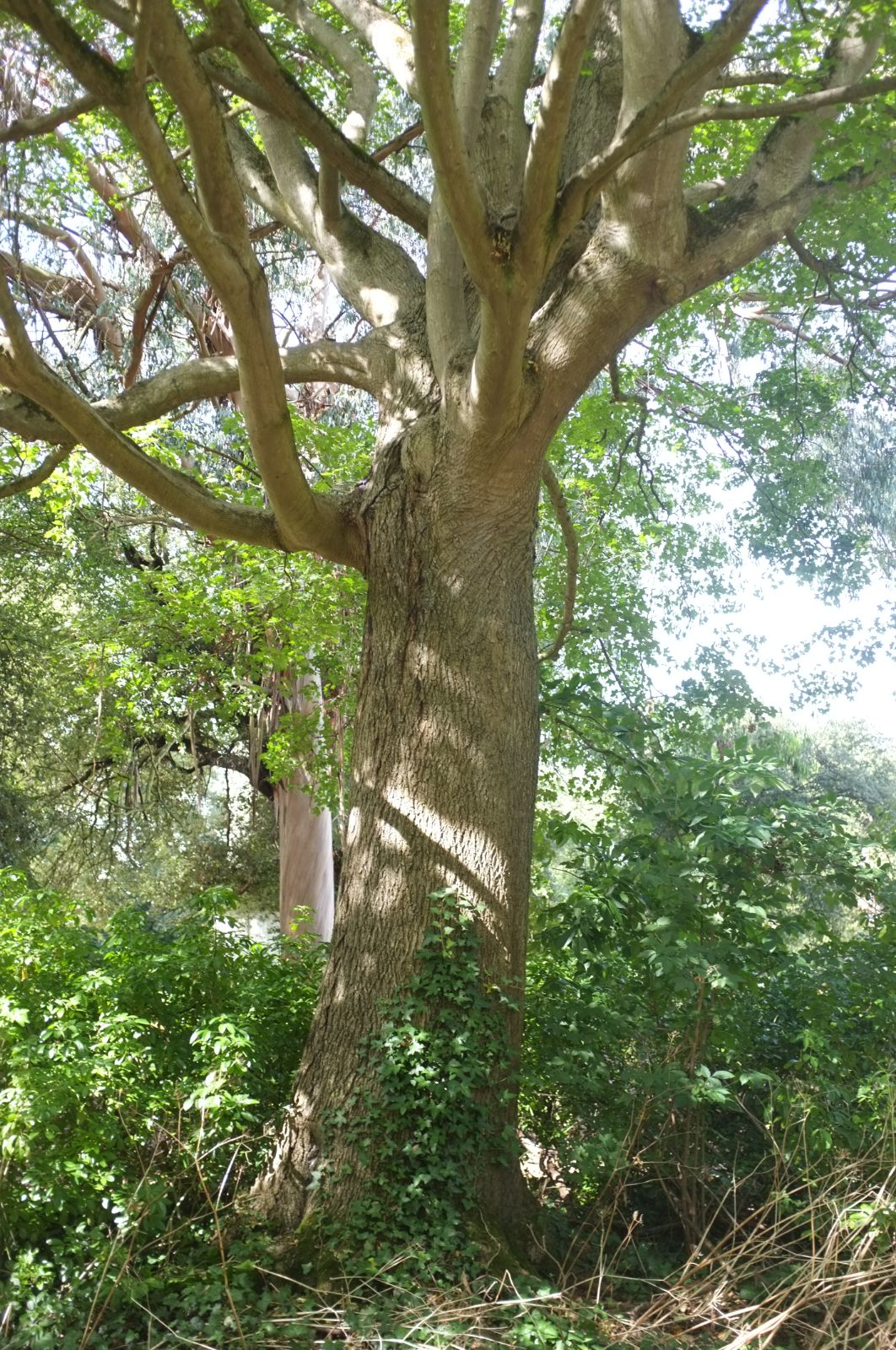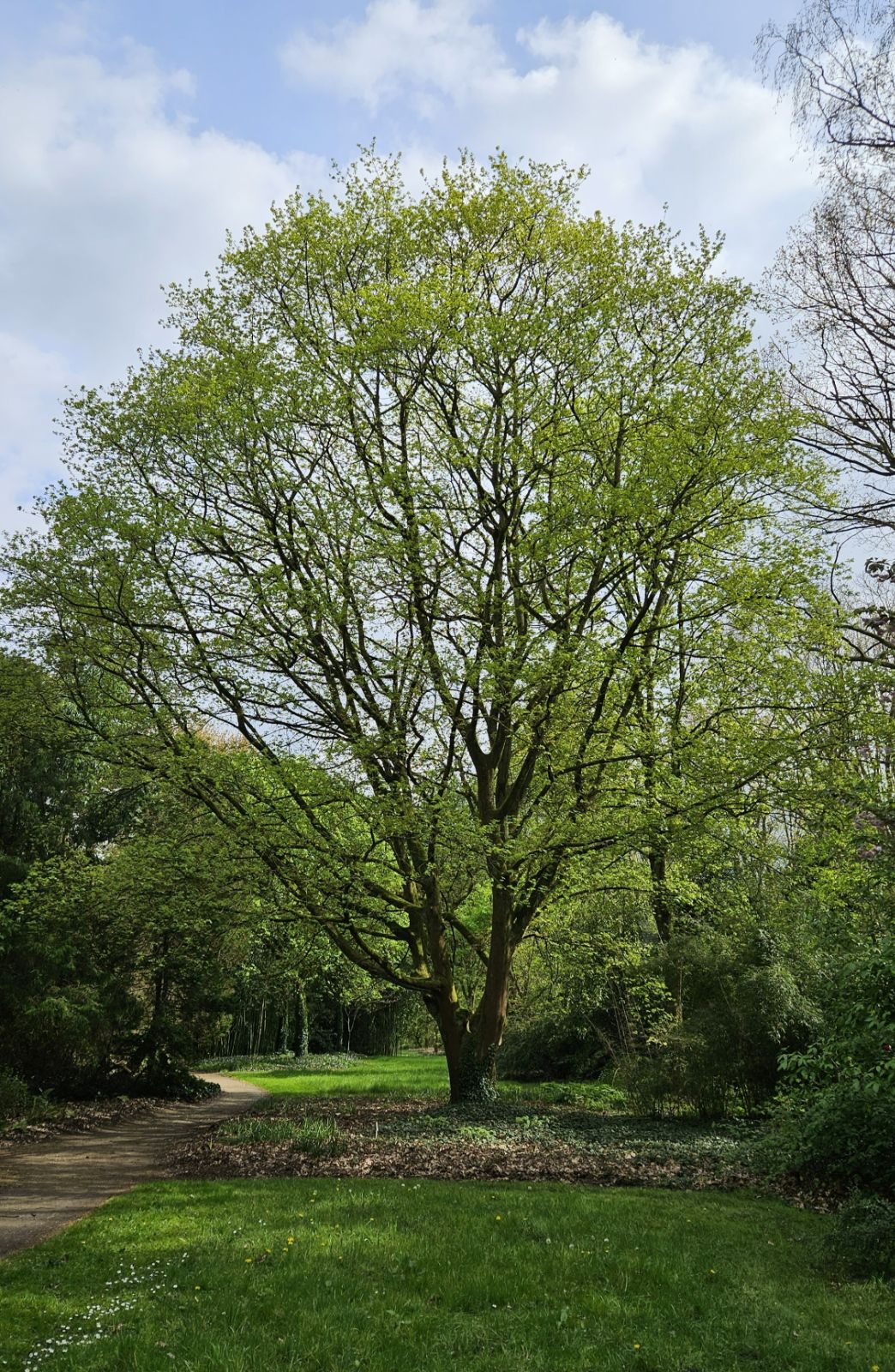Acer × zoeschense
Sponsor
Kindly sponsored by
The Wynkcoombe Arboretum
Credits
Dan Crowley (2020)
Recommended citation
Crowley, D. (2020), 'Acer × zoeschense' from the website Trees and Shrubs Online (treesandshrubsonline.
Genus
- Acer
- Sect. Platanoidea
Synonyms
- Acer neglectum Lange not Hoffmannsegg.
Other taxa in genus
- Acer acuminatum
- Acer amplum
- Acer argutum
- Acer barbinerve
- Acer buergerianum
- Acer caesium
- Acer calcaratum
- Acer campbellii
- Acer campestre
- Acer 'Candy Stripe'
- Acer capillipes
- Acer cappadocicum
- Acer carpinifolium
- Acer 'Cascade'
- Acer caudatum
- Acer ceriferum
- Acer chapaense
- Acer chienii
- Acer circinatum
- Acer cissifolium
- Acer × conspicuum
- Acer cordatum
- Acer coriaceifolium
- Acer × coriaceum
- Acer crataegifolium
- Acer davidii
- Acer diabolicum
- Acer distylum
- Acer divergens
- Acer duplicatoserratum
- Acer elegantulum
- Acer erianthum
- Acer 'Esk Flamingo'
- Acer fargesii
- Acer fenzelianum
- Acer flabellatum
- Acer forrestii
- Acer franchetii
- Acer × freemanii
- Acer fulvescens
- Acer 'Gimborn'
- Acer ginnala
- Acer glabrum
- Acer 'Gold Coin'
- Acer granatense
- Acer grandidentatum
- Acer griseum
- Acer heldreichii
- Acer henryi
- Acer × hillieri
- Acer hookeri
- Acer hyrcanum
- Acer japonicum
- Acer kawakamii
- Acer komarovii
- Acer laevigatum
- Acer laurinum
- Acer laxiflorum
- Acer lobelii
- Acer longipes
- Acer macrophyllum
- Acer mandshuricum
- Acer maximowiczianum
- Acer maximowiczii
- Acer metcalfii
- Acer miaotaiense
- Acer micranthum
- Acer 'Mindavi'
- Acer 'Minorient'
- Acer miyabei
- Acer miyabei × campestre
- Acer monspessulanum
- Acer morifolium
- Acer 'Mozart'
- Acer oblongum
- Acer obtusifolium
- Acer okamotoanum
- Acer oliverianum
- Acer opalus
- Acer orientale
- Acer palmatum
- Acer papilio
- Acer pauciflorum
- Acer pectinatum
- Acer pensylvanicum
- Acer pentaphyllum
- Acer pentapotamicum
- Acer pictum
- Acer pilosum
- Acer pinnatinervium
- Acer platanoides
- Acer platanoides × amplum
- Acer platanoides × truncatum
- Acer × pseudoheldreichii
- Acer pseudoplatanus
- Acer pseudosieboldianum
- Acer pubinerve
- Acer pycnanthum
- Acer rubescens
- Acer rubrum
- Acer rufinerve
- Acer saccharinum
- Acer saccharum
- Acer sempervirens
- Acer 'Serpentine'
- Acer serrulatum
- Acer shenkanense
- Acer sieboldianum
- Acer sikkimense
- Acer 'Silver Cardinal'
- Acer 'Silver Ghost'
- Acer sinense
- Acer sinopurpurascens
- Acer spicatum
- Acer stachyophyllum
- Acer taronense
- Acer tataricum
- Acer tegmentosum
- Acer tenellum
- Acer tetramerum
- Acer tibetense
- Acer tonkinense
- Acer triflorum
- Acer truncatum
- Acer tschonoskii
- Acer turkestanicum
- Acer tutcheri
- Acer ukurunduense
- Acer velutinum
- Acer wardii
- Acer 'White Tigress'
- Acer wilsonii
A deciduous tree to 20 m, with a broad, upright crown. Bark grey and smooth to slightly fissured. Leaves deciduous, chartaceous, 8–20 × 10–20 cm, 5– to 7-lobed, the lobes oblong to acuminate, the central three with a pair of obtuse teeth in the apical half, base cordate, glabrous except for tufts in vein axils below and along midrib, margins entire; petiole 6–10 cm long, green or reddish, slightly pubescent, exuding a milky sap when broken; autumn colour yellow. Inflorescence terminal, erect, corymbose. Flowers yellowish-green, 5-merous. Samaras ~3 cm long, wings spreading at broad angles; nutlets flattened. Flowering in May, after unfolding leaves, fruiting in October. (Bean 1976; Krüssmann 1984; van Gelderen et al. 1994; le Hardÿ de Beaulieu 2003).
USDA Hardiness Zone 5-6
RHS Hardiness Rating H6
Conservation status Not evaluated (NE)
A hybrid of garden origin showing more influence of Acer campestre than its other parent, which is either A. cappadocicum or A. lobelii. Bean (1976). The generally upright form of A. × zoeschense suggest influence of the commonly cultivated form of A. lobelii in its parentage, though 7-lobed leaves suggest that A. cappadocicum may be involved. It arose in Copenhagen, Denmark, around 1880 but was named for Zoeschen Nurseries, near Berlin (van Gelderen et al. 1994; le Hardÿ de Beaulieu 2003). le Hardÿ de Beaulieu (2003) advocates use as a single specimen in open landscapes, or as a street tree. It is most often represented by the cultivar ‘Annae’.
'Annae'
RHS Hardiness Rating: H6
The most commonly grown form, A. × zoeschense ‘Annae’ has prominently purple-red new growth, though is otherwise little different from typical A. × zoeschense. Described by Schwerin in 1908, a further two Schwerin selections, ‘Elongatum’ (1911) and ‘Friderici’ (1908) are likely no longer in cultivation (van Gelderen et al. 1994). The UK and Ireland Champion of ‘Annae’ had attained 20 m at Syon Park, London in 2013, having previously been identified as A. cappadocicum (The Tree Register 2018).
'Kinka'
RHS Hardiness Rating: H6
A Japanese selection with pale, variegated foliage (van Gelderen & van Gelderen 1999).

